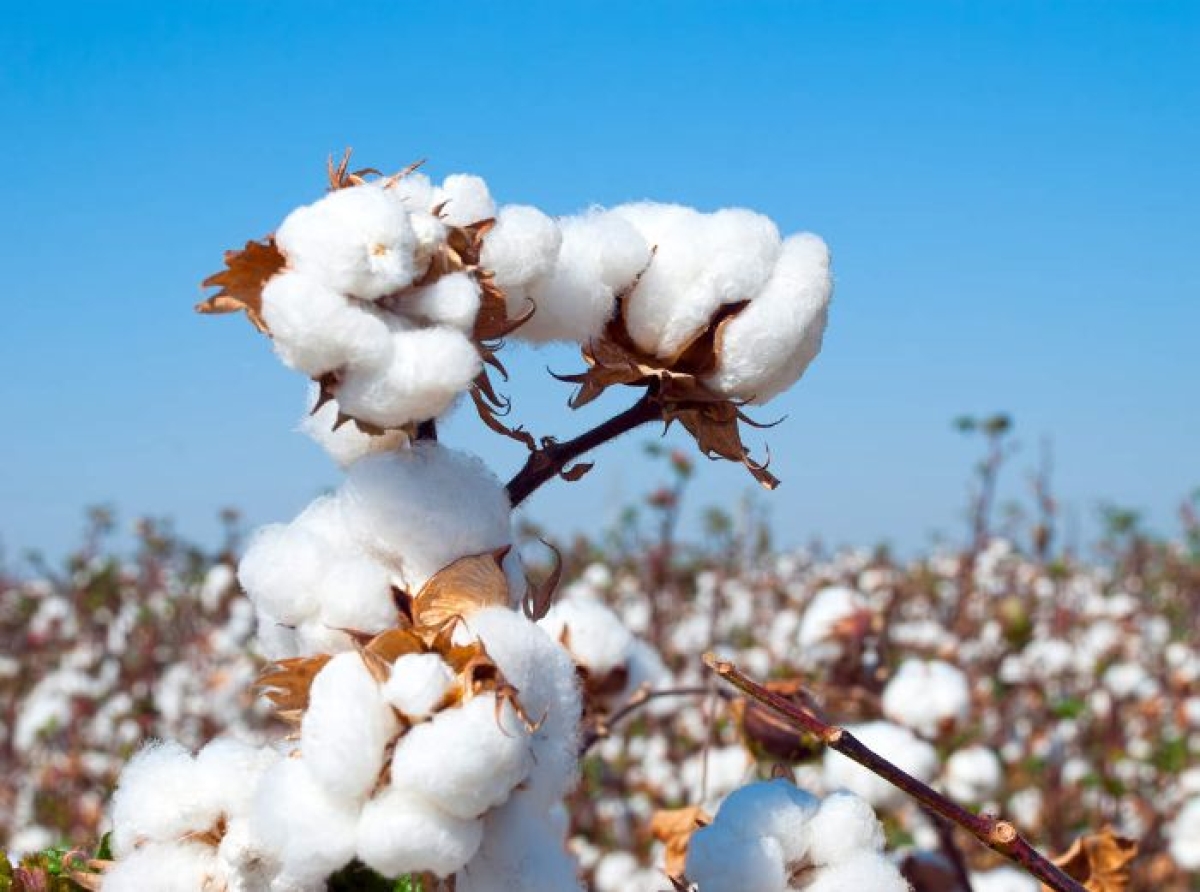High Indian Cotton Prices Defy Weak Global Demand

27 April 2023, Mumbai
The Indian cotton industry is defying the international trend of falling cotton prices, with Indian cotton holding steady in price despite weak global demand. This is due to lower market deliveries, with reports indicating that raw cotton being delivered to the local Indian market is significantly lower this year compared to previous years.
Indian cotton prices remain high; This has resulted in a price increase for Indian cotton, with a candy of Indian spot cotton selling for Rs 63,300 and a candy of the S-6 2 variant at Rs 62,150.
Indian manufacturing sector holds the fort
The local textile industry in India has contributed to this trend, as the Indian government's expansion plan in this sector is about to take off.
The overall domestic manufacturing sector has held the fort against the global downturn and is carrying on well, with the World Bank commending the growth of Indian manufacturing and exports.
Textile production, as one of the main sectors within India's manufacturing industry, has been resilient despite sluggish global growth, one of the reasons being robust domestic demand.
India's Manufacturing Purchase Index (PMI) rose by 1.1 percent and as of January 2023 stood at 55.4 points, signaling steady growth.
Market dynamics
According to a recent report by CareEdge Ratings, India's cotton yarn exports are set to fall by 28-30% in the fiscal year 2023. The decline is attributed to high cotton prices and weak export demand.
Furthermore, the report predicts that cotton prices will rise to INR75,000 per candy by the middle of the year due to high demand and lower crop output.
The low cotton production combined with higher consumption in India may lead to the country transitioning from being a net exporter to an importer.
It is important to note that the panic in the banking system and the slow recovery of textile and apparel consumption have resulted in a downward trend in international cotton prices.
Changing market landscape; As such, these factors could have significant implications for the cotton industry in India, as well as for global cotton prices in the coming months.
Technical analysis suggests that if the current trend of low supply and high demand continues, Indian cotton prices may experience an upward trend.
However, if this trend intensifies, resulting in a significant domestic supply and demand imbalance, it could lead to an out-of-control market like last year. In such a scenario, the Indian government may consider removing cotton import duty, which could have a positive impact on global cotton prices.
Strong downstream demand drives up Indian cotton prices A vibrant downstream demand has also contributed to the up-pricing of Indian cotton. Orders from China, Turkey, and Europe have increased, leading to escalating prices for a commodity in short supply.
Globally, cotton of Indian provenance has taken an upward turn in demand, with India's cotton-yarn spinners being the secondary beneficiaries.
The projection is a 100-basis point improvement in operating profitability to 12 percent in the fiscal year 2023-24 despite a 10 percent on-year fall in revenue due to lowered realizations and sluggish exports, based on CRISIL ratings.
Indian Government's Textile Initiatives Fuel Optimism
The Indian government's initiatives have also played a role in this trend, with policies that are conducive to downstream capacity expansion being introduced. The acclaimed seven gigantic textile parks in the country are in their advanced stage of readiness, fuelling a lot of hope for both the domestic and export markets.
The key components of these governmental policies are reduced import tariffs on certain textile machinery, spare parts, and accessories, including shuttle-less looms in the category of zero tariffs.
Low Market Delivery of Cotton in India Leads to Price Hike
Summarising, the Indian cotton industry's holding of steady prices in the face of weak global demand is due to lower market deliveries, India's manufacturing sector's resilience, and a vibrant downstream demand.
The Indian government's initiatives, such as the introduction of policies that are conducive to downstream capacity expansion, have also played a role in this trend.
























